How to Use Handicap Correctly — 10 Useful Tips


1. The simpler you play the better. Any complicated fighting plays to the stronger player’s advantage.
2. Any long joseki sequence makes the board smaller. The less space is left on the board the less room remains for making mistakes. If you know some long josekis and you are not afraid of trick plays — play long josekis.
3. If there is a choice between making a bigger territory with bad aji inside and a smaller one without aji, it’s better to choose the safer option.
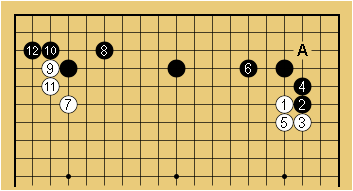
For example, if we compare the two josekis in this diagram, it is better to choose the one in the upper left. There is quite an unpleasant 3-3 invasion left in the shape on the right. I’ve seen so many games that were lost only because black tried really hard to kill white’s invading stones after A and that only led to black’s collapse.
4. Be careful when you play a pincer. A stronger player will hardly play 3-3 peacefully in response to a pincer. Instead he will probably counterattack aggressively.
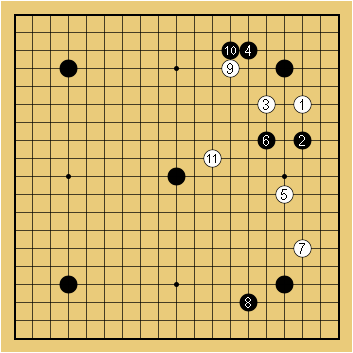
We can expect something like this, the position is getting complicated in the early opening.
5. Try to avoid isolated corners, especially when the 3-3 point is unoccupied. Sooner or later your opponent will invade there.
6. If you are afraid of losing a group of stones, you can consider the possibility of sacrificing it early.

For example, this is one way of sacrificing a stone on the side, maintaining your advantage easily.
7. When living with isolated groups try not to weaken your outside position.
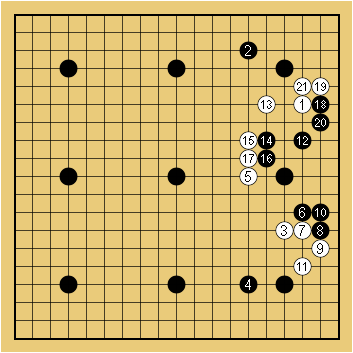
This is an example of black’s incorrect play. The group is alive but the price that black had to pay was too high. White has gained significant outside strength, which will help her to attack black elsewhere.
8. Don’t ever try to kill your opponent’s stones by chasing them into your own territory.
9. Try to avoid ko fights. If you have to play a ko, try not to make ko threats that lose points or weaken your position.
10. In faster games a stronger player has higher chances of winning, so try to play with slower time settings.
Author: Alexander Dinerstein 3p
Translator: Vadim Efimenko
Source: http://rusgo.org/magazine7
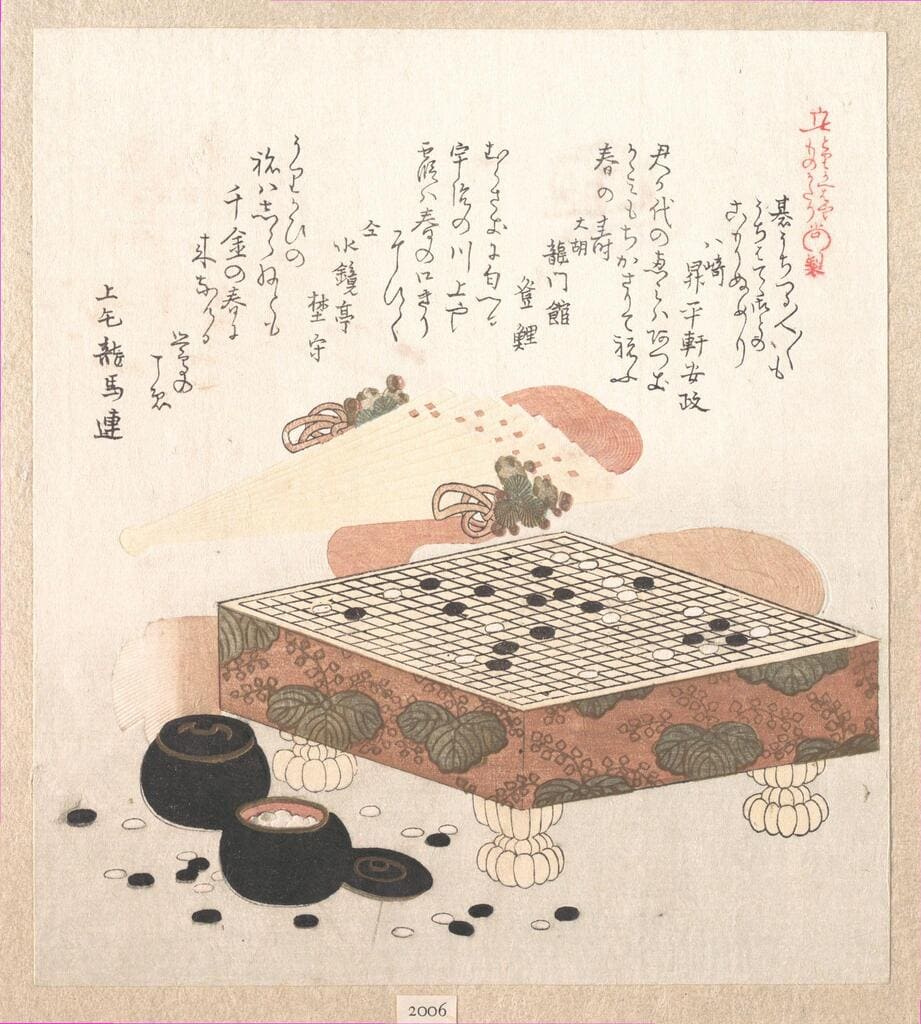



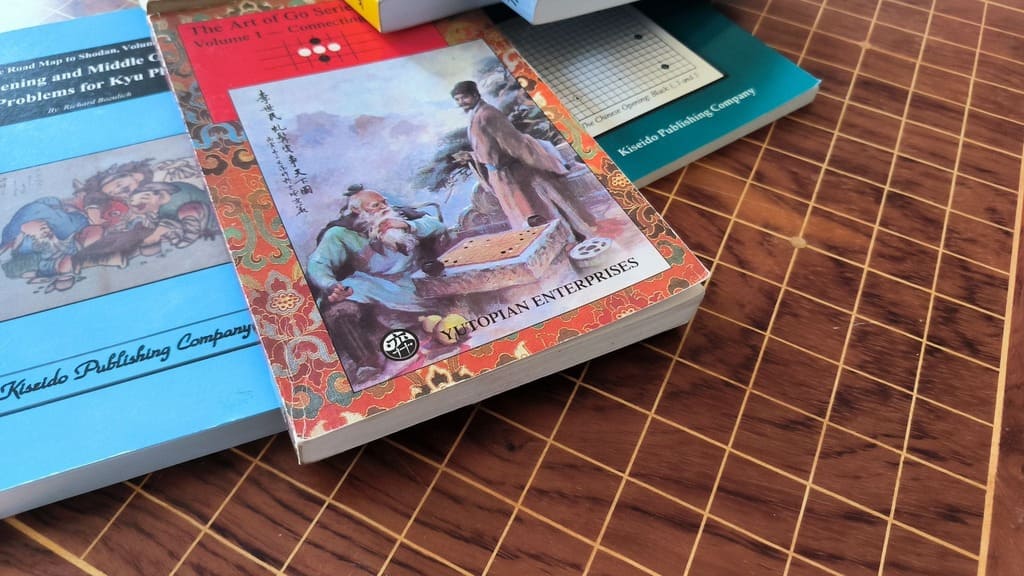
Leave a comment